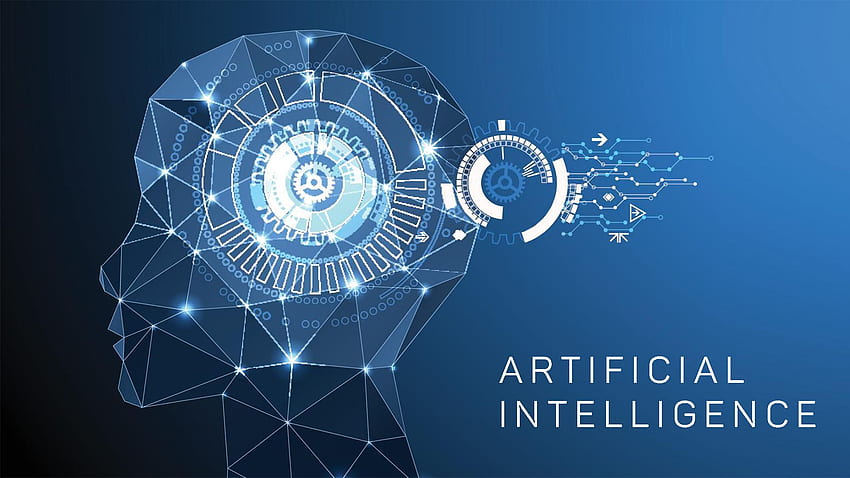
In an increasingly digital world, accessibility has become a pivotal concern for content creators, educators, and businesses alike. One of the most effective ways to enhance accessibility is through the use of auto subtitle and caption generators. These tools streamline the process of adding text to audio and video content, ensuring that it reaches a wider audience, including those who are deaf or hard of hearing. By making content more accessible, creators can foster inclusivity and enhance the overall user experience.
Auto captions and subtitle generators break down the barriers to understanding spoken language in multimedia formats. With advanced technologies that utilize speech recognition and artificial intelligence, these tools can automatically generate accurate captions, allowing audiences to engage with content seamlessly. Whether used in educational videos, corporate presentations, or social media posts, auto subtitle and caption generators empower creators to share their messages more effectively while adhering to accessibility standards.
The Importance of Accessibility
Accessibility is a fundamental aspect of creating inclusive content that reaches a wider audience. In today’s digital age, it is vital that all individuals, regardless of their abilities or disabilities, can access and understand information presented in various forms. Providing auto captions and subtitles helps bridge the gap for people who are deaf or hard of hearing, ensuring they can engage with video content just like their hearing peers.
Furthermore, auto subtitle generators enhance the comprehension of videos for non-native speakers and those who struggle with auditory information. By offering written text alongside spoken dialogue, viewers can follow along more easily, promoting a more comprehensive understanding of the material. This practice not only respects the diverse backgrounds of audiences but also reinforces the importance of clear communication.
Incorporating auto captions into videos is not just about compliance with accessibility standards; it is also about enhancing the viewer’s experience. When content creators prioritize accessibility, they foster an environment where everyone can participate, learn, and connect. This commitment to inclusivity ultimately strengthens community ties and promotes greater diversity in digital spaces.
How Auto Subtitle Generators Work
Auto subtitle generators use advanced speech recognition technology to convert spoken dialogue into text. This process begins with the audio being analyzed for speech patterns, where the software identifies phonemes and context to accurately transcribe spoken words. Machine learning models are trained on vast amounts of audio data, allowing the software to recognize different accents, languages, and even background noise, which enhances the transcription quality.
Once the audio is processed, the system timestamps each segment of the speech. These timestamps are crucial for synchronizing the text with the video content, ensuring that subtitles appear at the right moment. The auto subtitle generator creates captions that can be easily followed by viewers, aligning text with the flow of the spoken word. This synchronization is vital for preserving the viewer’s experience, especially in content such as tutorials, interviews, and entertainment.
After the initial transcription and synchronization, many auto subtitle generators incorporate an editing phase where users can review and make adjustments. This allows for refining the accuracy of the subtitles, correcting any misheard words, and tailoring the captions to meet specific guidelines or accessibility standards. As a result, these tools not only automate the process but also provide a way to enhance the overall quality of the captions, making content more accessible to diverse audiences.
Benefits of Auto Captions
Auto captions significantly improve accessibility for individuals with hearing impairments. By providing real-time text representation of spoken words, these tools ensure that everyone can engage with video content. This inclusion fosters a more equitable viewing experience and allows those with different abilities to fully participate in educational, informational, and entertainment media.
In addition to enhancing accessibility, auto captions benefit content creators by expanding their audience reach. By including subtitles in multiple languages, videos can be understood by non-native speakers, increasing the potential for global engagement. This broader accessibility can lead to higher viewer retention and increased interaction, ultimately driving better performance for digital content.
https://magichour.ai/products/auto-subtitle-generator
Moreover, auto caption generators streamline the editing process, saving time and resources for creators. These tools eliminate the need for manual transcription, allowing creators to focus on the quality of their content rather than the logistics of captioning. The efficiency gained from using auto-generated captions enables teams to produce more videos in less time, enhancing productivity while maintaining accessibility standards.
Future Trends in Captioning Technology
As technology continues to evolve, the future of captioning is poised for remarkable advancements. One key trend is the integration of artificial intelligence and machine learning to enhance the accuracy and context of auto subtitle generation. These technologies enable tools to not only transcribe spoken words but also understand nuances like tone, emotion, and intent, leading to better contextual captions that reflect the speaker’s meaning more accurately.
Another significant development is the rise of real-time captioning in various platforms, particularly in virtual meetings and live streaming events. The demand for immediate accessibility has led to innovations that allow auto caption generators to produce instant subtitles, ensuring that viewers who are deaf or hard of hearing can fully engage with live content. This trend points toward a more inclusive digital landscape where accessibility is seamlessly integrated into everyday communication.
Furthermore, there is a growing emphasis on multilingual support in auto caption generators. As global collaboration increases, the need for captions in multiple languages becomes essential. Future technologies are likely to focus on producing accurate real-time translations and subtitles, making content accessible to diverse audiences. This will not only enhance the viewing experience but also broaden the reach of creators and organizations looking to connect with audiences around the world.
